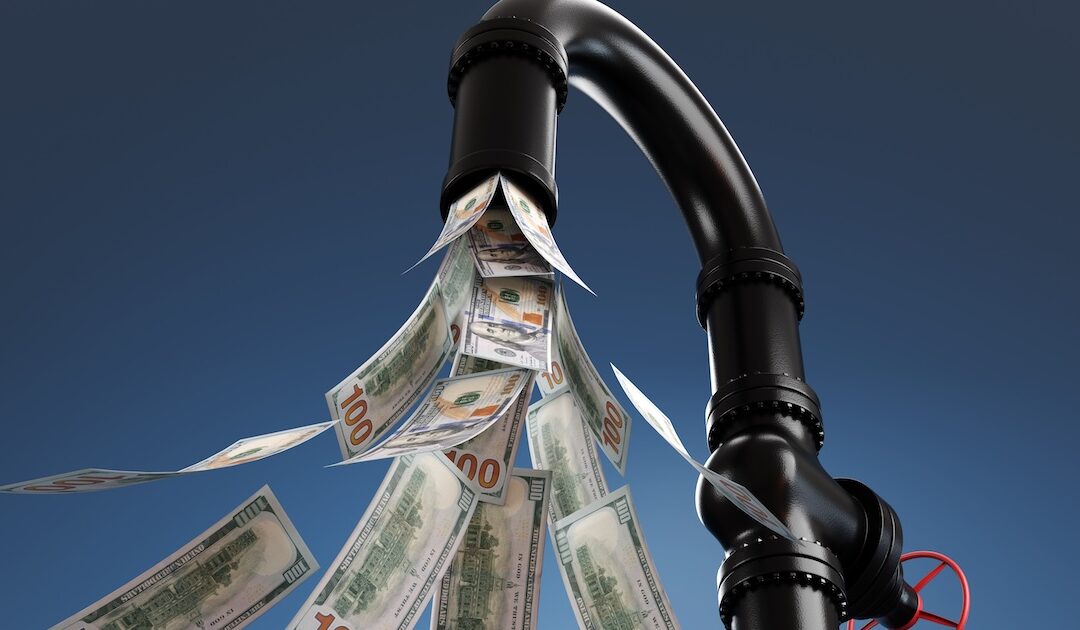In the financial world, the spotlight is often on net worth — the grand total of what you own minus what you owe. And it makes sense on the surface. It’s an easy number to chase, track, and brag about. But if there’s one mindset shift I wish every client would embrace from day one, it’s this:
Net worth is not the goal. Cash flow is.
Why Net Worth is Misleading
Let’s start here: net worth looks impressive on paper, but it doesn’t pay the bills.
Home equity doesn’t mean much on paper if you’re not leveraging it to generate cash flow. A massive retirement account won’t help you today if it’s locked up until you’re 59½ — and taxed when you touch it.
I once worked with a physician who had a $2 million net worth but felt completely trapped. His income was high, but so were his expenses. His retirement accounts were maxed out, his mortgage was hefty, and his lifestyle crept up each year. He was technically wealthy but had no freedom. He was a “broke millionaire.”
Contrast that with a couple I work with today who have less than $800,000 in net worth — but generate $12,000 per month in passive income. They have time freedom, travel flexibility, and sleep easy at night knowing their life runs on cash flow, not account balances.
What Is Cash Flow, Really?
Cash flow is the money that flows into your life each month — income that keeps coming whether or not you show up for work. This could be:
- Rental income from real estate
- Dividends from well-structured portfolios
- Distributions from private businesses
- Royalties, interest, or income from side ventures
These aren’t just financial tools. They’re mechanisms that give you freedom, flexibility, and control over your time.
Accleration Over Accumulation
Typical planning sounds like this:
“How much do you think you’ll need in retirement?”
“Great, then you’ll need $2 million saved by age 65. Let’s reverse-engineer how to get there.”
“That means saving $X per year and hoping for a 7% return.”
But that plan only works if markets behave, nothing interrupts your earnings, and your needs stay static for 30 years.
What if instead we asked:
- “What if we could get small consistent assets to produce a big income?”
- “What if we could structure your life so that you could spend down your assets without the fear of running out of money—because you’ve guaranteed it will be replaced?”
- “What if you could retire with less, but have it spend like more?
This is where a cash-flow-first mindset flips everything.
What Most People Get Wrong
People think investing is about picking the right stock or timing the market. But it’s not. It’s about structuring your life to keep more of what you make and letting your money flow with purpose.
Most wealth is lost not in the market, but in poor cash flow decisions:
- Extra cash sitting idle earning 0.5%
- Overfunding employer retirement plans with no flexibility
- Making extra mortgage payments instead of building liquidity
- Lacking automation, leading to human error and missed opportunities
Plug these leaks, and you don’t need to chase high returns. You’re already winning.
The Freedom Formula
Let me be clear: I’m not anti-net-worth. It’s just incomplete.
The families I work with who are the most financially free — emotionally, mentally, and practically — are not the ones with the biggest spreadsheets. They’re the ones who have:
- Automated savings structures that remove decision fatigue
- Diverse income streams that work while they sleep
- Clarity on their inflows, outflows, and capital flows in real time
- Confidence that comes from systems, not just projections
They’re not “retiring” at 65. They’re stepping into new seasons of life, because money is no longer the reason they say no.
Final Thoughts
The earlier you embrace this mindset shift, the faster your world changes. Cash flow is the engine of wealth. Net worth is the passenger.
You don’t need to wait until retirement to feel financially free. You need a plan that focuses on consistent, repeatable income — one that supports your life today and scales for the future.
Start there.

